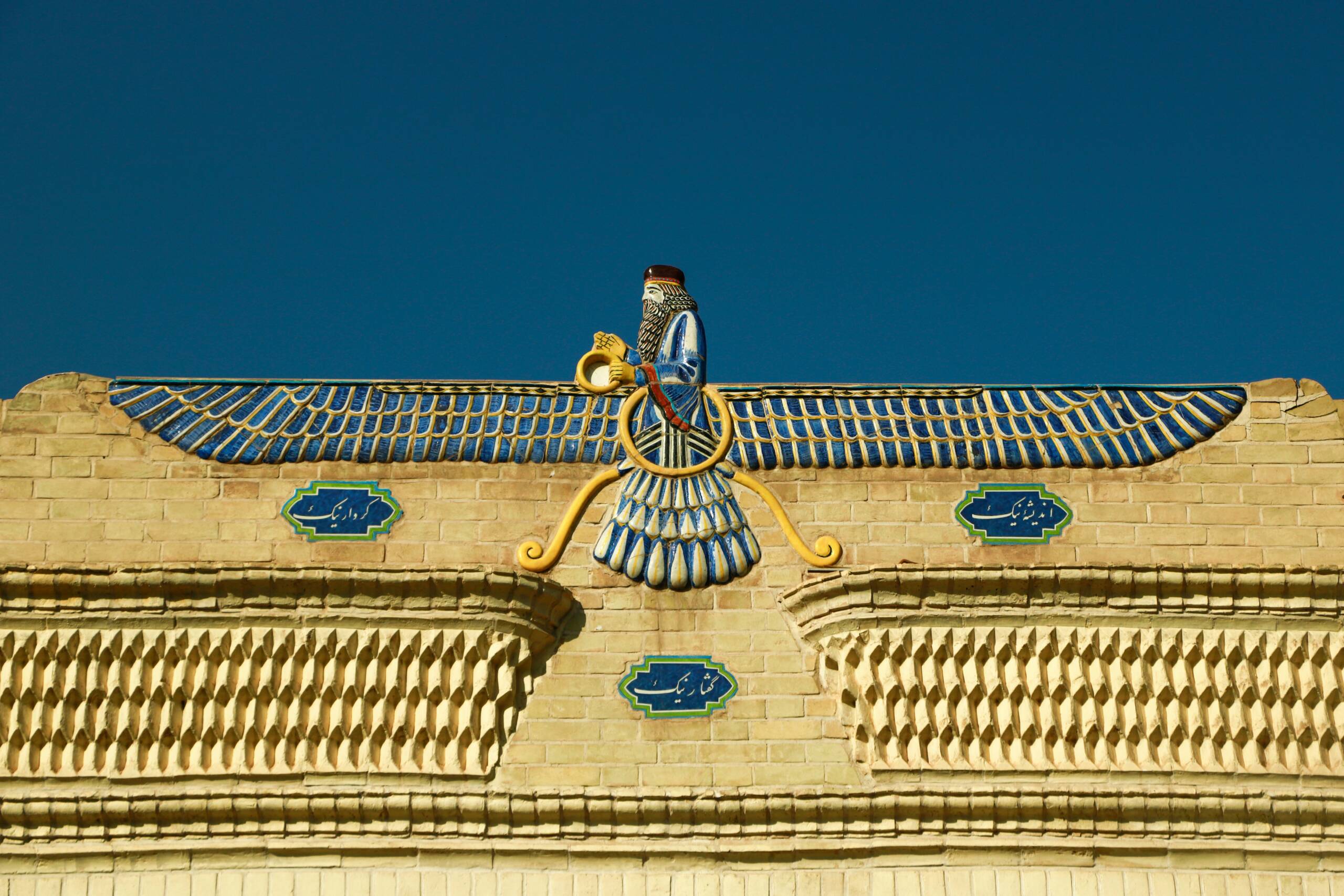
The
Philosophy
The Beginning
A Profound Ideology

Zoroastrianism is an ancient, progressive religion based on the teachings of Zarathushtra Spitama as detailed in the Gathas. The philosophy advanced by him here is pristine and revolutionary, non-prescriptive and life-affirming. He taught that all humans should use their rational minds to properly understand existence and work toward its perfection, that all humans should seek to become like the Creator: the Divine Wisdom immanent in all existence. Here, the Zarathushtrian Assembly has sought to explain these teachings in sufficient detail so that the philosophy of Zarathushtra can once again inspire the world.
Featured Articles
Basics
What is Zoroastrianism?

Zoroastrianism is one of the world’s oldest religions and philosophical belief systems, originating around 1200 BCE with the teachings of Zarathushtra Spitama. Zoroastrians believe there is a single creator of existence, Ahura Mazda, which is ever-present in nature and attainable by the living. Moreover, it is believed that Ahura Mazda designed existence to progress towards its best or ideal state, in part by the aid of humanity. As such, Zoroastrianism heavily emphasizes ethical behavior, believing it is each person’s responsibility, man or woman, to aid in this process and do good by their thoughts, words, and deeds. The search for truth and knowledge is also a key aspect of the religion, emphasized for its own intrinsic value and how it...
Core Concepts
The Amesha Spentas

In Zoroastrianism, the Amesha Spentas are a set number of divine aspects, or philosophical abstractions, which constitute the nature of the Divine Wisdom that created existence, Ahura Mazdā. Each one represents either a beneficial quality in the mental realm, like progression and conscientiousness, or an attainment that would sustain goodness and wisdom in the material world, such as authority or growth. Most properly, they are counted as 7, a heptad of divine aspects; although, one often encounters the number of 6, with the seventh being Ahura Mazdā. As a whole, they are the component pieces of Mazdā Ahura, each one existing as an abstraction of the Creator of the universe, individually and distinctly available to all the living. In the Gathas,...
Historical
Restoring the Chapter Count of the Original Avesta

These days most Zoroastrians, as well as those interested in their religion, perceive the Avesta as a moderately sized set of religious rituals which encapsulate the Gāθās and a number of other theologically interesting works. In this way, the Avesta is seen as a liturgical manual that, while containing a few interesting insights on theology, mythology, and practice, is otherwise mainly concerned with the current, ongoing ritual. Moreover, material containing exegetical commentaries or mythological narratives, such as one finds in most other religious traditions, is supposed to have existed alongside these rituals as oral knowledge until it was finally written down towards the end of the Sasanid period of Iran (224–651 AD) in a corpus commonly referred to as Pahlavi...
Directory
Basics
- What is Zoroastrianism?
- Who was Zarathushtra
- What is Ahura Mazda?
- What is Asha?
- What is Angra Mainyu (Ahriman)?
- What are the Gathas?
- What did Zarathushtra Teach
- What is Spenta Mainyu? (coming soon)
- Good Thoughts, Words, Deeds (coming soon)
- Zoroastrianism today (coming soon)
- What is the Avesta? (coming soon)

